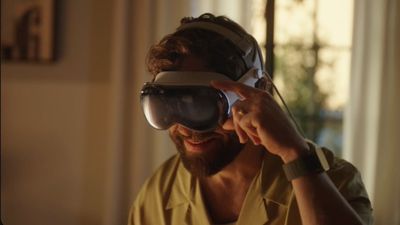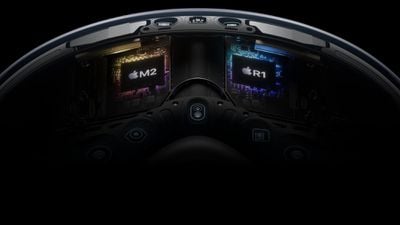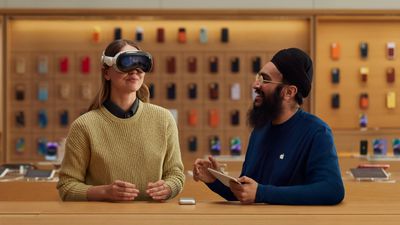Recent reports suggest that there are now no redesigned Apple Vision headphones in active development, with the company’s focus turning decisively to smart glasses.

When Apple announced the Vision Pro in mid-2023, it described the device as the dawn of “spatial computing,” a new paradigm that would eventually rival the iPhone in importance. With a starting price of $3,499, a complex design and all-new operating system, and a clear focus on premium early adopters, the headset was never expected to reach the mass market from day one. However, even by Apple standards, enthusiasm cooled much faster than anticipated, and the company’s once-ambitious multi-year roadmap nearly collapsed, according to rumors.
Apple Original Plan
Shortly after the launch of the Vision Pro, Apple is believed to have shifted focus to the “Vision Air”, designed to bring spatial computing to a wider audience thanks to a lighter, thinner and dramatically cheaper headset.


The goal was to reduce the weight by more than 40% and the price by around 50%, finally making mixed reality viable for mainstream buyers. The Vision Air would use low-cost display panels and simplified optics, while eliminating some non-essential aspects and improving ergonomics.
At the high end, Apple reportedly envisioned a redesigned Vision Pro 2 to launch sometime after the Vision Air’s debut, and that deadline ended up slipping to 2028. This second-generation flagship would have featured a lighter, more comfortable design, more advanced screens, longer battery life, and a lower price. The Air and Pro models together would establish a two-tier product structure, mirroring the iPhone, iPad, MacBook, and AirPods product lines.
Changes to the script
By mid-2024, momentum around the Vision Pro appeared to be shifting, with plans for future products being rearranged.


An essential report from The Information stated that Apple has suspended development of the Vision Pro 2, redirecting its engineering resources to the cheaper Vision Air in hopes of speeding up its launch. The company ostensibly acknowledged that the Pro’s combination of high cost, bulk, discomfort, and limited use cases had reduced its appeal even among early adopters.
At the time Apple started working on the device, it was aiming to release it in late 2024, but it still didn’t have a firm prototype until mid-year. The company is said to have struggled to find ways to reduce the model’s costs without sacrificing too many features, with the expected launch date slipping to late 2025.
Meanwhile, in October, supply chain leaks suggested that Apple was ending production of the original Vision Pro, citing weak demand and excess component inventories. The first generation Vision Pro is believed to have ceased production at the end of the year.
Pausing headset development entirely
This month, a bombshell report from Bloomberg said Apple has also halted work on the low-cost “Vision Air” headset. Apparently, Apple wants to accelerate the development of an eyewear product to better compete with the Meta.


If the reports of Bloomberg and The Information are true, development of the Vision Air and redesigned Vision Pro is on pause, with no headphone-class hardware in active development. While the company is unlikely to abandon spatial computing entirely, its next steps will almost certainly be very different from the headsets launching in 2024.
The M5 Vision Pro
Apple is about to launch its M5 family of chips, but today’s Vision Pro still uses a 2022 M2 chip.


Apple is believed to have made the decision to simply update existing hardware with the M5 chip, potentially a second-generation “R2” coprocessor chip, and a new “Dual Knit” headband. This would allow you to keep the existing device up to date for a few more years, while also using the stock of components left over from the first generation model. This device is expected to be released in the coming weeks, even though it has been leaked by FCC filings.
What’s next?
The M5 Vision Pro should offer a reasonable upgrade for users who like the device or potential customers who haven’t tried it yet, but it’s still unlikely to enjoy mass appeal or a radically different experience. The device is likely to support the headphone lineup for a period of time, but will eventually become an outdated model if Apple doesn’t offer successors.


Apple is expected to launch its first smart glasses product as early as next year, and it’s possible the company will resume work on the Vision Air and Vision Pro 2 once the glasses initiative is established. However, Apple’s headset will likely enter a peculiar position around 2027 to 2028, with aging hardware on sale and no sign of an upgrade or replacement model.
For now, visionOS 26 and the upcoming M5 update show that Apple is still committed to mixed reality headsets, but it’s anyone’s guess where the product lineup will go further in the future amid a sudden shift to smart glasses and artificial intelligence.

Leave a Reply